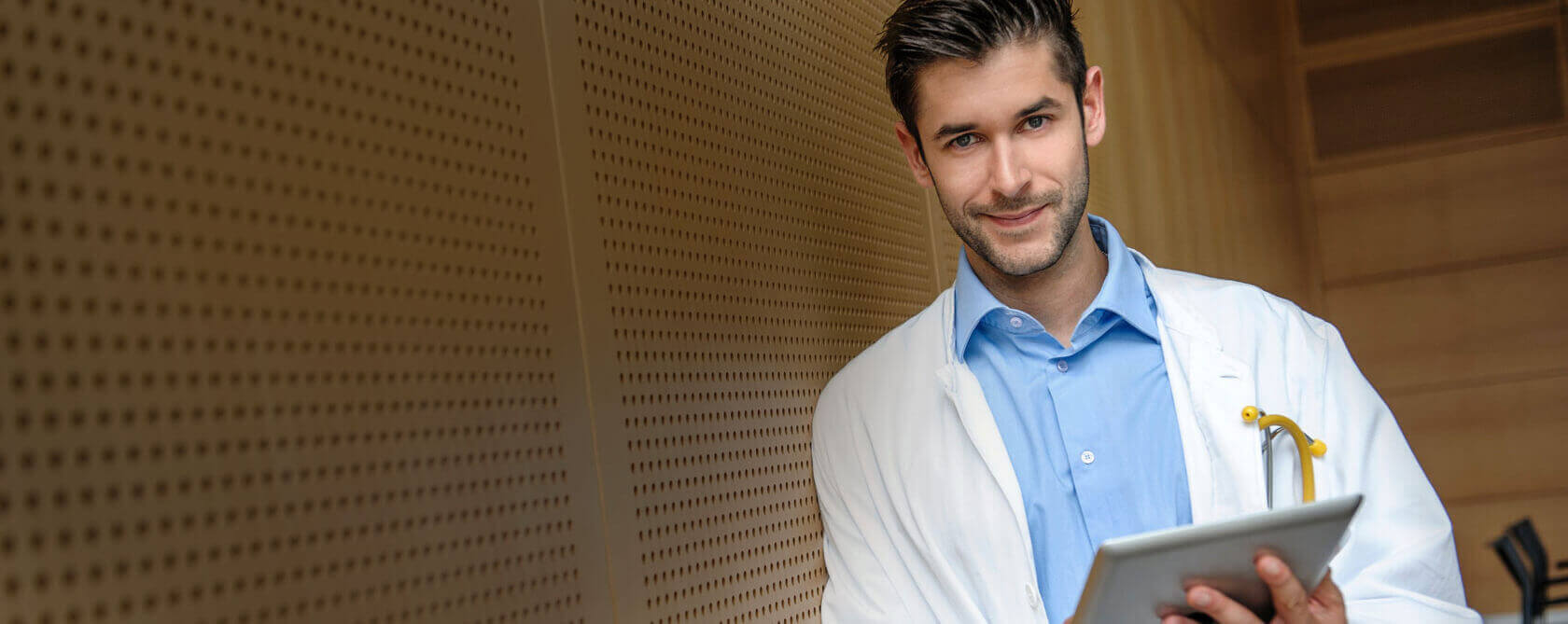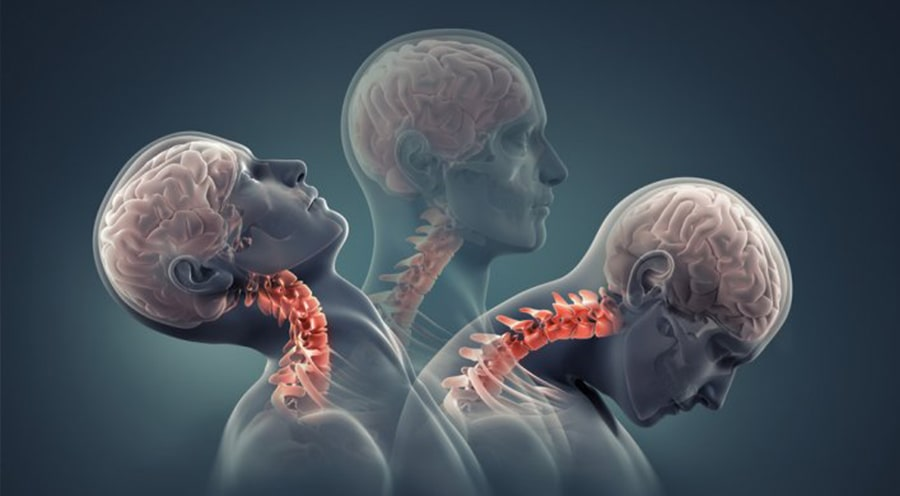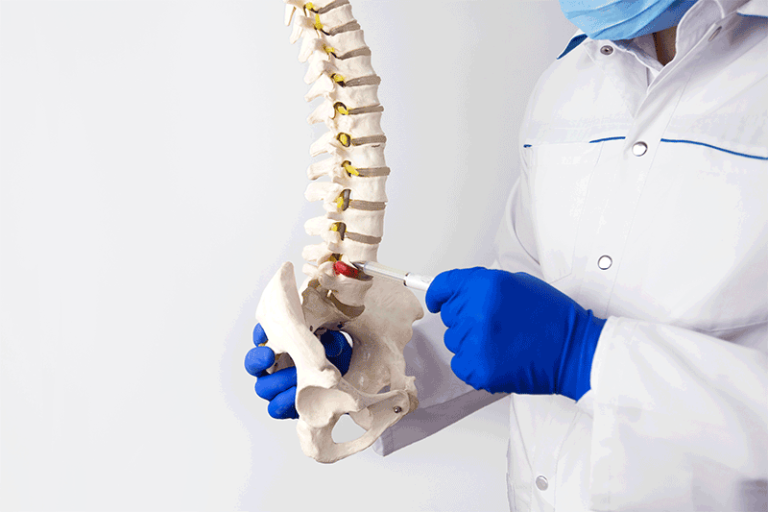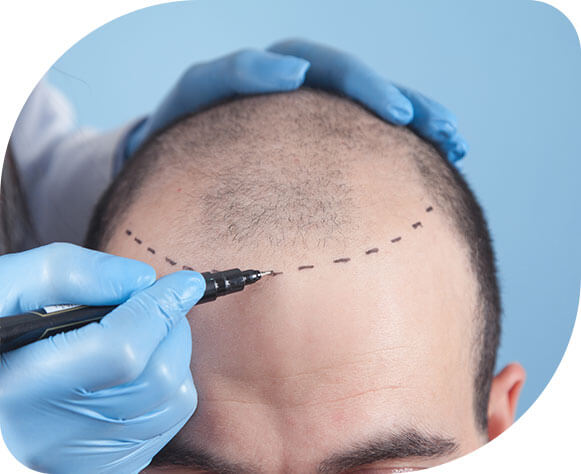Prometeymed, your holistic health consultant, is also with you for neck treatment, which is also a very common ailment… You can quickly get answers to all your questions about the treatment of cervical hernia by contacting us. We are just a click away from you with our solutions that improve the quality of life of thousands of patients around the world.
As with any condition, the most critical issue in cervical disc herniation is analyzing the problem, choosing the right physician and clinic, and ensuring that the patient reaches his/her health in an environment of complete trust and comfort.
Prometeymed is with you every moment from diagnosis to treatment, from travel planning to assistance services. Beforehand, let’s evaluate all the information about cervical hernia together.
Cervical hernia
The neck is made up of many bones called vertebrae. These bones run from the base of the skull to the upper back. There are 6 cervical discs in the neck, which lie between the vertebrae and act as shock absorbers between the bones. The neck also has a complex network of muscles and ligaments that support the bones and help with neck movement.
A cervical herniated disc can cause many different types of pain or, on the contrary, may have no symptoms at all. Pain caused by a cervical hernia can appear in different forms in the neck, arm and/or hand. Sometimes numbness or weakness in the arm or hand may also occur as a result of a herniated disc. While a herniated disc can be caused by some kind of trauma or neck injury, the symptoms usually start on their own.
Cervical hernia pain and related symptoms are typically felt in one arm or the other. The symptoms of a herniated disc may vary depending on the herniated disc, the pinched nerve root and where it is inflamed. Rarely, if the spinal cord is affected, pain, tingling, numbness or weakness may radiate down both arms or down the body. Also, loss of bowel or bladder control is rare but can occur in certain cases.
What is a cervical hernia
A herniated disc in the neck is a condition defined as abnormalities in the spinal discs between the vertebrae. Spinal discs have a soft center with a jelly-like consistency, set against a hard exterior. A herniated disc in the neck, also known as a slipped disc, is a condition in which the jelly-like substance leaks out through an opening on the outside. This can irritate the surrounding nerves and cause numbness and weakness in the limbs.
Herniated discs are most common in the neck (cervical) and lumbar (lumbar) regions. The cervical discs are not very large and there is limited space for nerve innervation in this area. Any cervical herniated disc will cause nerve compression and subsequent significant pain in the shoulders and arms.
What are the symptoms of a cervical hernia?
A cervical hernia can occur at different levels and the associated symptoms depend on the nerve affected by the hernia, as follows:
- Symptoms of Cervical Herniated Disc at C4-C5 Level: As a result of compression of the C5 nerve root, weakness is seen in the upper arm, shoulder and deltoid muscles.
- Symptoms of Cervical Herniated Disc at C5-C6 Level: The site of compression of the C6 nerve root is one of the most common areas of neck hernia. Weakness, numbness and tingling are seen in the biceps, arms, wrist muscles and side parts of the thumb.
- Symptoms of Cervical Herniated Disc at C6-C7 Level: Symptoms of a C6-C7 disc herniation include tingling and numbness radiating from the triceps to the middle finger due to compression of the C7 nerve root.
- Symptoms of Cervical Herniated Disc at the C7-T1 Level: Weakness in grasping with the hands, as well as pain, weakness, numbness and tingling radiating down the arm and into the pinky finger of the hand.
Cervical hernia treatment
Cervical herniated discs are treated by specialists such as orthopedists. In special cases, intervention by a neurologist may be required.
Treatment of a cervical herniated disc includes:
- Oral medicines for cervical herniated discs: Over-the-counter painkillers can be taken as needed to relieve pain.
- Topical medicines to relieve the symptoms of a herniated disc: A range of ointments, gels, creams and sprays are available over the counter. These can help to provide symptom relief.
- Physical therapy: Physical manipulation of the neck by an experienced physiotherapist can help reduce pain and can also help improve flexibility.
- TENS (Transcutaneous Electrical Nerve Stimulation) for a cervical herniated disc: Electric pulses are delivered using electrodes to relieve pain.
- Traction for cervical herniated discs: In this procedure, the neck is stretched by an experienced professional using tools such as weights and pulleys to increase the disc space.
- Immobilization: A soft collar can be worn according to the doctor’s instructions to provide adequate rest and support to the neck.
- Steroid Injection: In advanced cases, corticosteroid injection into the facet joint may provide significant benefit in patients with cervical herniated discs.
- Surgical intervention for cervical herniated disc: Surgical intervention may be required to treat nerve compression in the neck. This includes cervical artificial disc replacement, posterior cervical disc discectomy, anterior cervical discectomy and spinal fusion. Surgery to treat a herniated disc in the neck is performed by orthopedic surgeons and involves the insertion of artificial discs and plates. A cervical collar is often prescribed to be worn after surgery to limit both mobility and maintenance of a neutral neck position to speed recovery.
Home Care: Alternating heat compresses and ice application to the affected area provides symptom relief. Warm showers in the morning can help improve neck stiffness.
Cervical herniated disc surgery
Most episodes of arm pain due to a herniated disc resolve within weeks to a few months with non-surgical treatment and pain management. However, if the pain lasts longer than 6 to 12 weeks, or if the pain and disability are severe and not responding to non-surgical treatments, spine surgery may be considered as a viable option.
The goal of cervical herniated disc surgery is to remove the damaged disc and decompress the nerve root and/or spinal cord. This procedure can relieve radiating pain and prevent the progression of neurological disorders such as tingling, numbness and/or weakness in the arm.
Some of the common types of surgery for a cervical herniated disc include
- Anterior cervical discectomy and spinal fusion (ACDF): ACDF surgery is the most common method among spine surgeons to treat a herniated disc in the neck. In this surgery, the disc is removed through a small incision in the front of the neck. After removing the disc, the disc space is adjusted so that the vertebrae eventually grow and fuse together.
- Cervical artificial disc replacement: Like ACDF surgery, an artificial disc replacement surgery involves removing the affected disc through a small incision in the front of the neck. Instead of fusing adjacent vertebrae, an artificial disc is implanted in the disc space between adjacent vertebrae. The main function of artificial discs is to mimic both the form and function of the original disc.
Although any major surgery has possible risks and complications, serious complications from a herniated disc in the neck are rare with an experienced spine surgeon. The two most common surgeries, ACDF and artificial disc replacement, are considered reliable surgeries with positive outcomes in terms of reducing radiating pain and tingling from a compressed nerve root.
Exercises for cervical herniated discs
To prevent a cervical herniated disc, it is recommended to stay physically active and exercise regularly. Physical activities help maintain neck flexibility. Your doctor can recommend a series of home exercises to improve the condition of your neck. These include simple stretching followed by neck and shoulder stretches. Movements in which the neck is rotated slightly to the side, forward and backward are often recommended. For better results, warm showers or heat compresses before exercises are recommended. Special exercises may be recommended by the physician or physiotherapist depending on the condition and needs.





